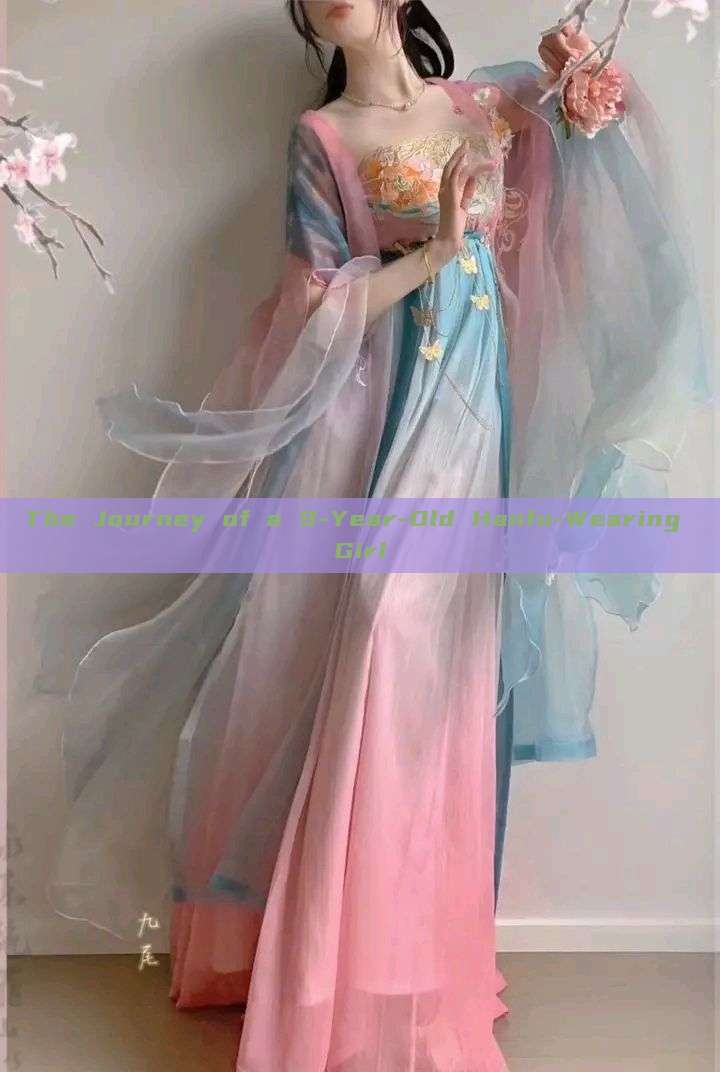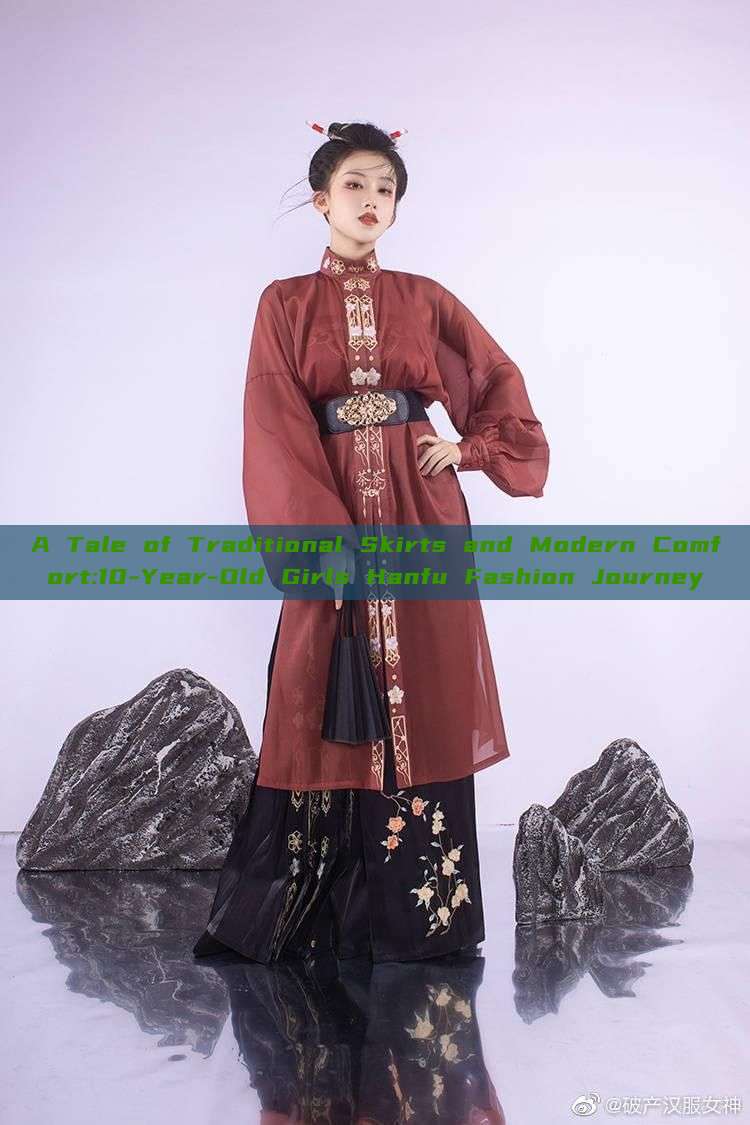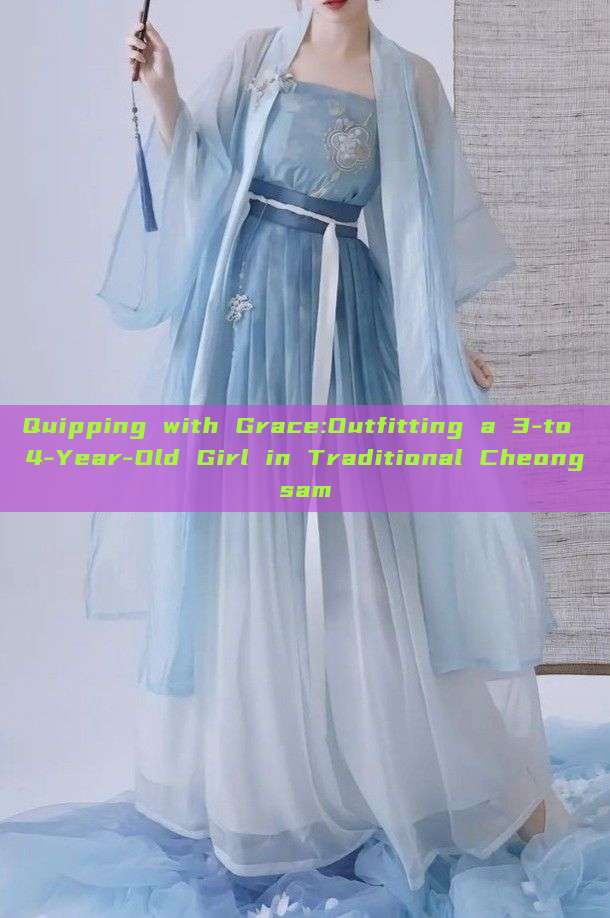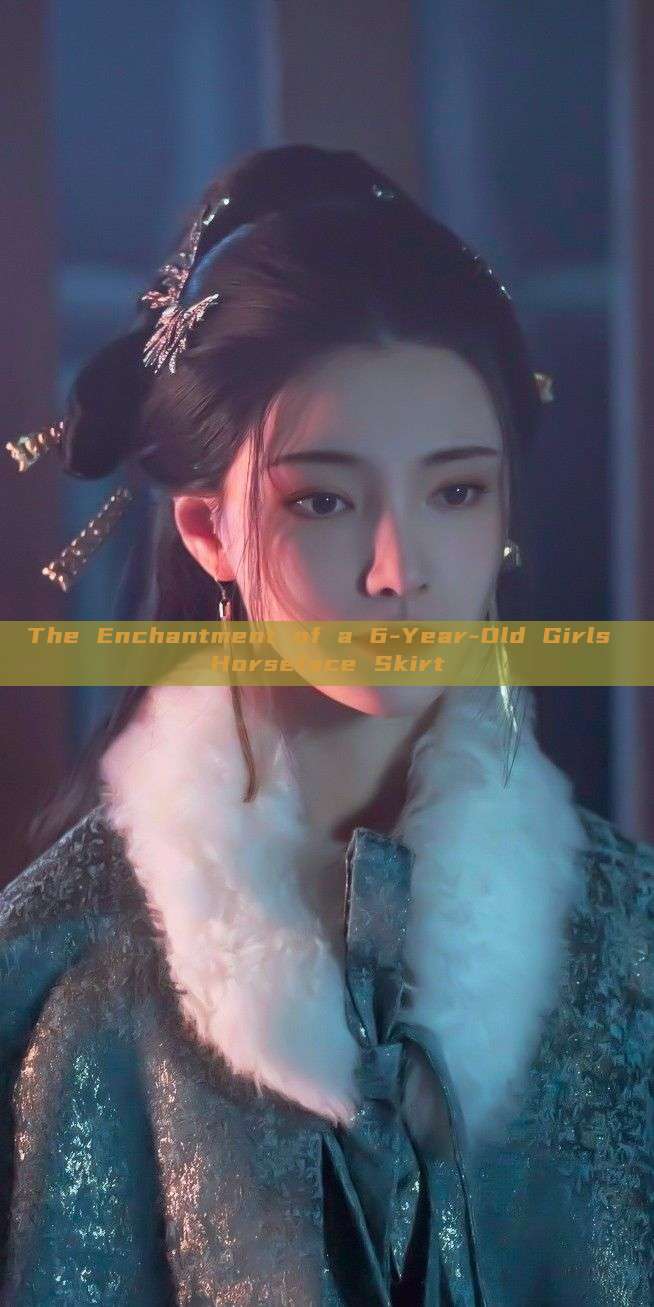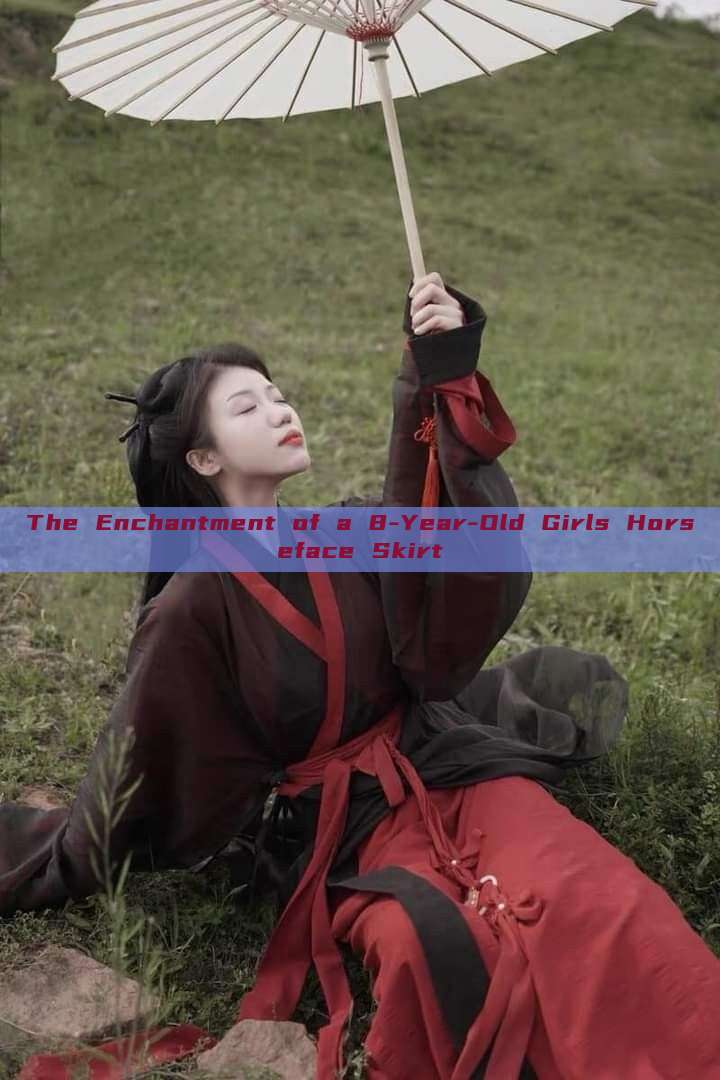In the tapestry of Chinese culture, the qipao stands out as a unique piece of art, embodying the essence of Old-world elegance and traditional charm. This article delves into the history, significance, and enduring appeal of the old-fashioned qipao.
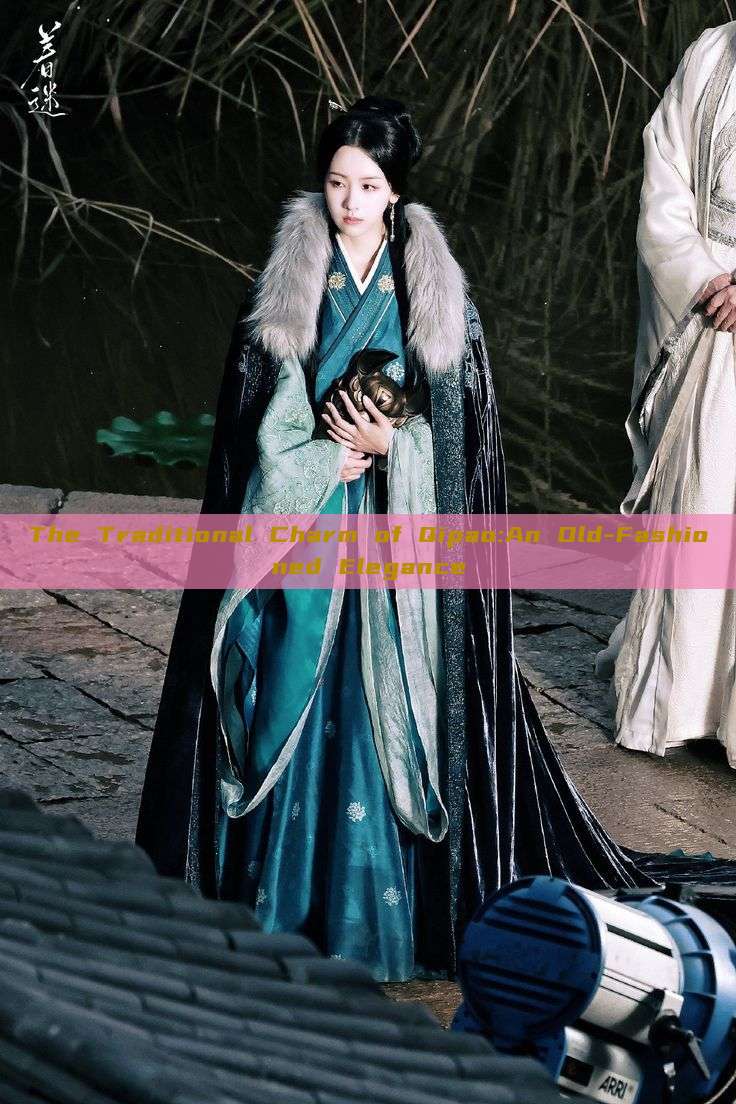
The qipao, also known as the cheongsam in some regions, is a traditional Chinese women's dress that dates back to the early 20th century. Its origins can be traced back to the Manchu era, when it was worn by women as a formal dress for special occasions. Over time, it evolved to become a symbol of Chinese culture and fashion, reflecting the country's rich history and traditional values.
The qipao is a cut of clothing that accentuates the figure, often featuring a close-fitting bodice and a flowy skirt that extends to the ankle. It is usually made of silk or other luxurious materials and is often adorned with intricate designs and patterns. The qipao's design and style have changed over the years, but its essence remains the same, embodying the traditional values of modesty, elegance, and beauty.
The old-fashioned qipao holds a special place in the hearts of many. It is seen as a symbol of traditional Chinese culture and heritage, representing a time when women were valued for their inner qualities rather than just their appearance. The qipao's intricate designs and patterns often reflect the skilled craftsmanship and attention to detail that goes into its making. Each design has a story to tell, reflecting the cultural and historical significance of the era it represents.
Moreover, the qipao is not just a piece of clothing; it is an embodiment of traditional values and ethics. It reflects the modesty and reserve that was expected of Chinese women in earlier times, while also showcasing their beauty and grace. The qipao's close-fitting bodice and flowy skirt accentuate the female figure, creating a balance between feminine beauty and traditional values.
Today, the qipao has made a comeback in modern fashion, with designers reimagining it in new styles and designs. However, the old-fashioned qipao continues to hold its charm, with many still preferring its classic elegance and style. It is often worn during traditional festivals and celebrations, as well as for special occasions like weddings and other cultural events.
The enduring appeal of the old-fashioned qipao lies in its ability to strike a balance between tradition and modernity. While it embodies the traditional values of modesty and elegance, it also adapts to modern fashion trends, making it wearable for different occasions and events. The qipao's versatility allows it to be paired with different accessories and styles, making it a versatile piece in any wardrobe.
In conclusion, the qipao, especially the old-fashioned variety, continues to hold its charm and significance in Chinese culture. It embodies the essence of traditional values and ethics, while also adapting to modern fashion trends. Its versatility and ability to strike a balance between tradition and modernity make it a timeless piece that will continue to be worn for generations to come. The qipao represents a bridge between the past and the present, connecting generations and cultures, while also serving as a symbol of Chinese heritage and tradition.


